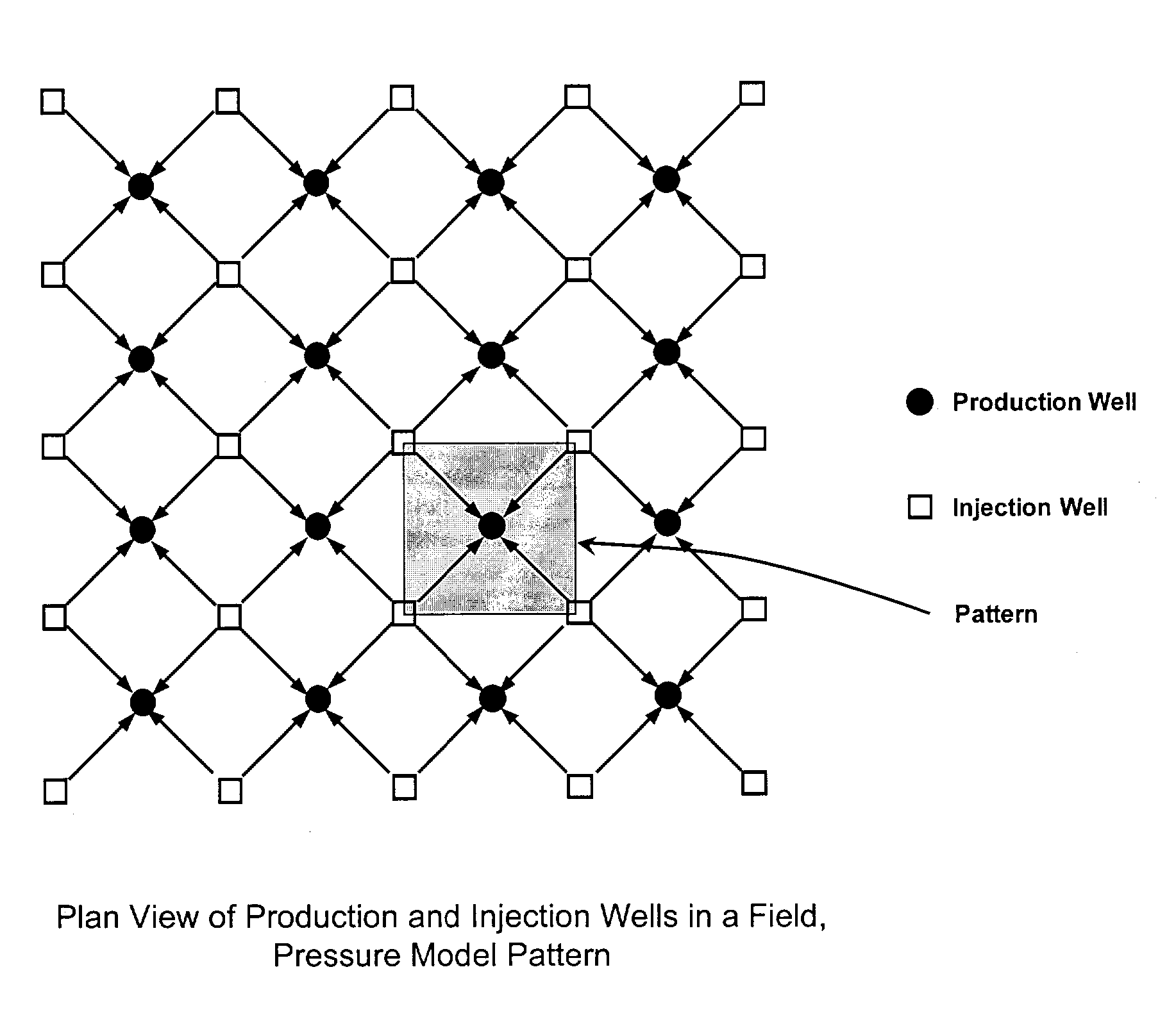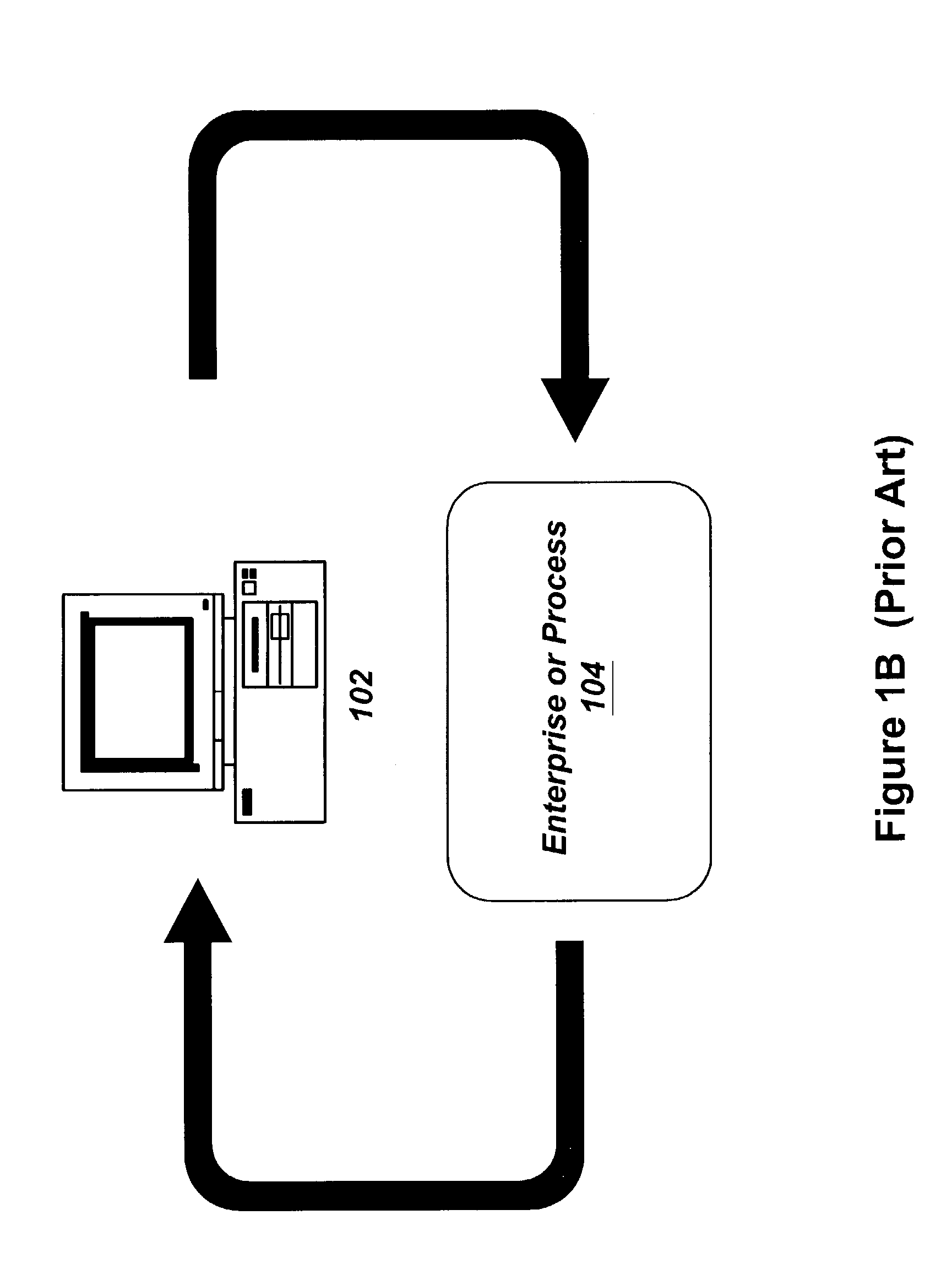Modeling in-situ reservoirs with derivative constraints
a technology of derivative constraints and reservoirs, applied in the field of prediction modeling and hydrocarbons, can solve the problems of difficult creation, significant fundamental models, and the generality of most real-world systems that preclude the possibility of arriving at analytical solutions, etc., and achieve the effect of minimizing errors
- Summary
- Abstract
- Description
- Claims
- Application Information
AI Technical Summary
Benefits of technology
Problems solved by technology
Method used
Image
Examples
Embodiment Construction
FIG. 4—Hydrocarbon Reservoir Modeling
[0070]As was noted above, in many fields predictive models are used to optimize operations and processes, where generally the model is first parameterized or trained based on a set of training data, then used with an optimizer to determine optimal operating approaches or processes. However, as also noted above, in many prior art approaches the models are extremely complex, requiring long run-times and / or require large amounts of data, which in many cases may not be readily available or which may be difficult or expensive to obtain.
[0071]For example, in the field of hydrocarbon production, simulation (modeling) of reservoir performance (numerical simulation) has become the pre-eminent tool for forecasting and decision making in the hydrocarbon industry. The simulations are used to estimate current operations, predict future production results, and study “play” options for production improvements. Use of reservoir simulators becomes more important ...
PUM
 Login to View More
Login to View More Abstract
Description
Claims
Application Information
 Login to View More
Login to View More - R&D
- Intellectual Property
- Life Sciences
- Materials
- Tech Scout
- Unparalleled Data Quality
- Higher Quality Content
- 60% Fewer Hallucinations
Browse by: Latest US Patents, China's latest patents, Technical Efficacy Thesaurus, Application Domain, Technology Topic, Popular Technical Reports.
© 2025 PatSnap. All rights reserved.Legal|Privacy policy|Modern Slavery Act Transparency Statement|Sitemap|About US| Contact US: help@patsnap.com



